Quinoa might not be the superfood you think it is. While it’s celebrated for its nutritional benefits, there are several downsides from environmental impacts to health drawbacks that often go overlooked. Take a closer look at why you might want to reconsider making quinoa a regular part of your diet.
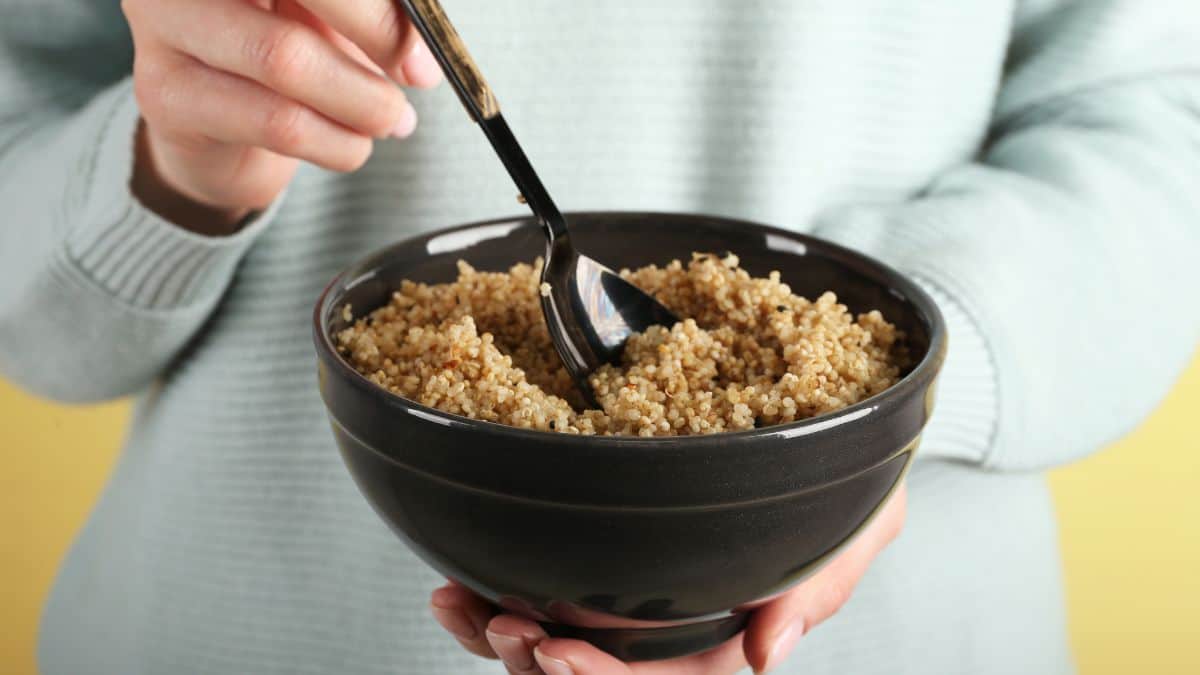
Environmental Impact
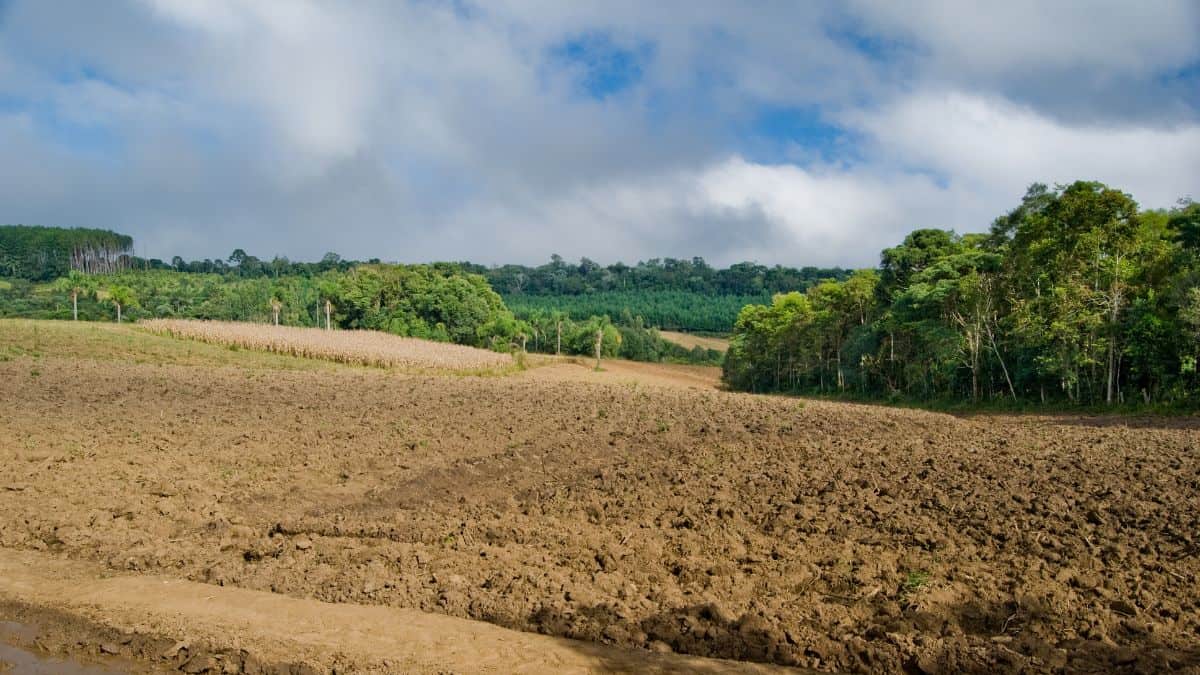
Quinoa’s popularity has led to overcultivation, especially in Bolivia and Peru, causing local prices to soar and contributing to soil degradation.
Potential for Exploitative Practices
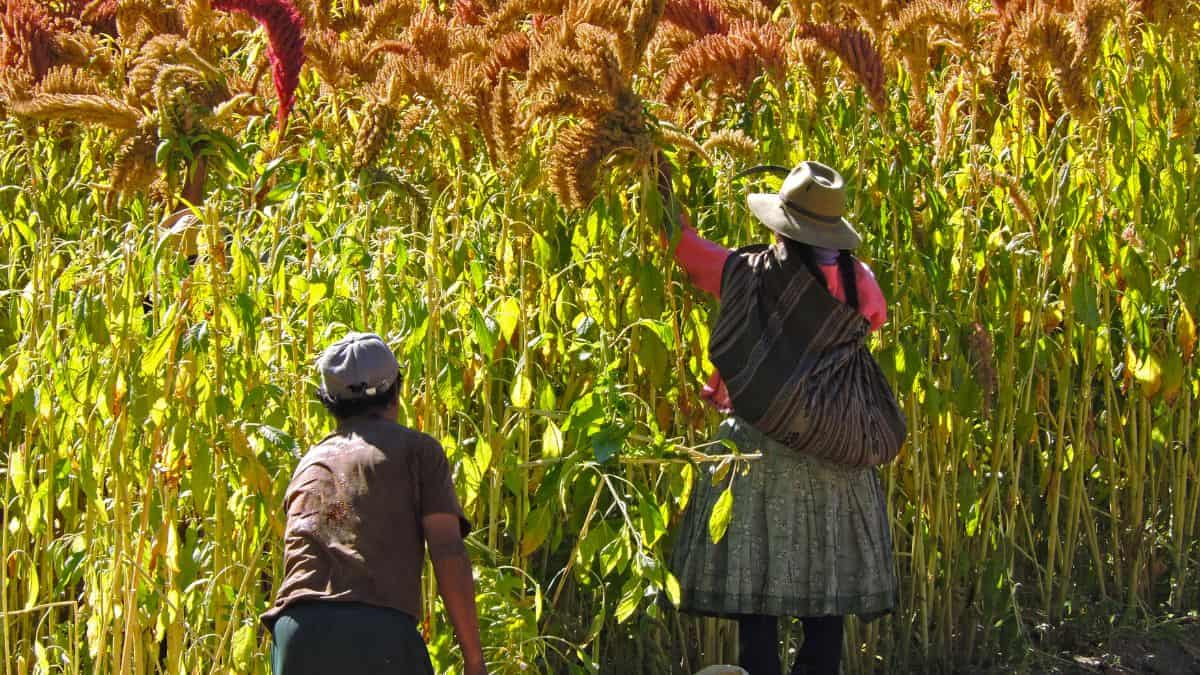
The demand for quinoa has sometimes resulted in poor labor practices in the Andes, with farmers working long hours in harsh conditions without fair compensation.
Allergic Reactions and Digestive Issues

Contains saponins, which can cause allergic reactions ranging from mild to severe, and digestive discomfort, even though most quinoa is processed to remove these chemicals.
High Caloric Content
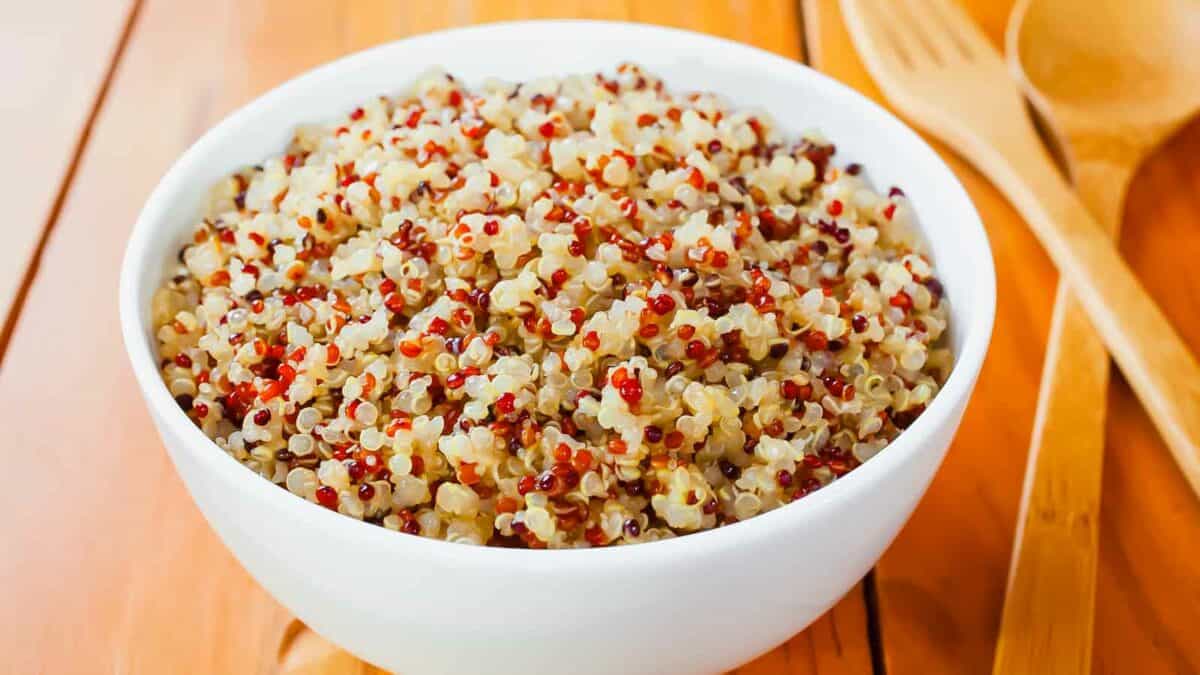
Quinoa is calorie-dense, with about 222 calories per cup of cooked quinoa, potentially contributing to a calorie surplus if not recognized.
Incomplete Protein Myth
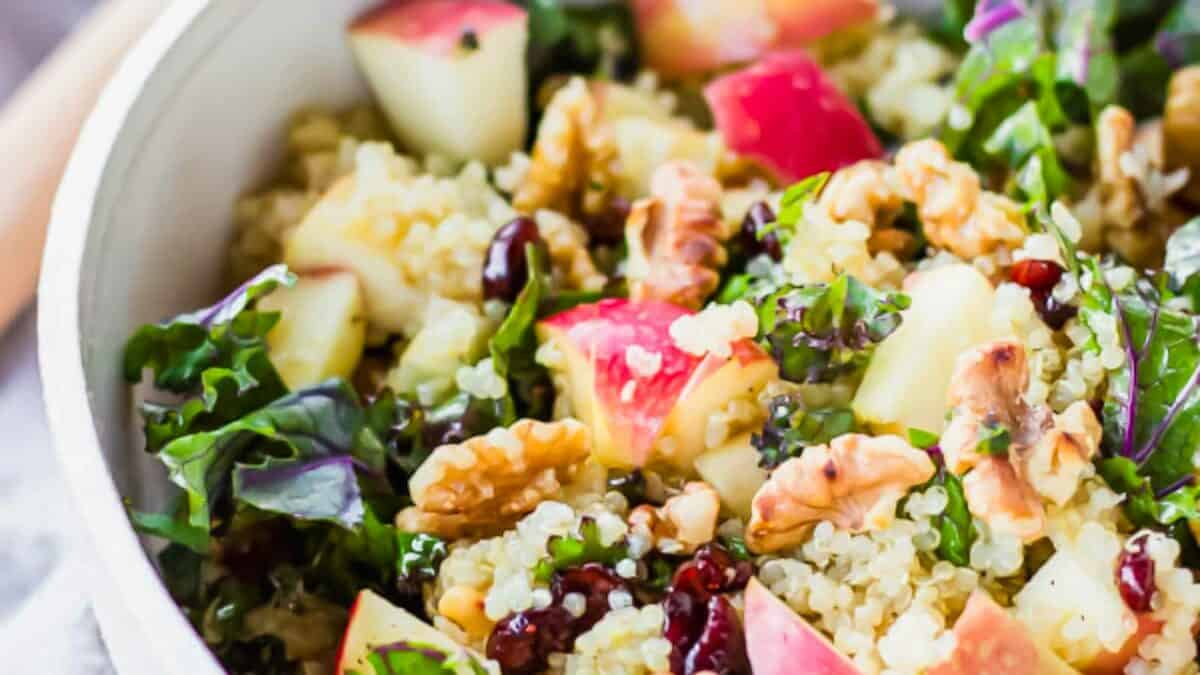
Often celebrated as a complete protein source, quinoa actually has lesser amounts of certain essential amino acids like lysine and isoleucine.
Pesticide Concerns
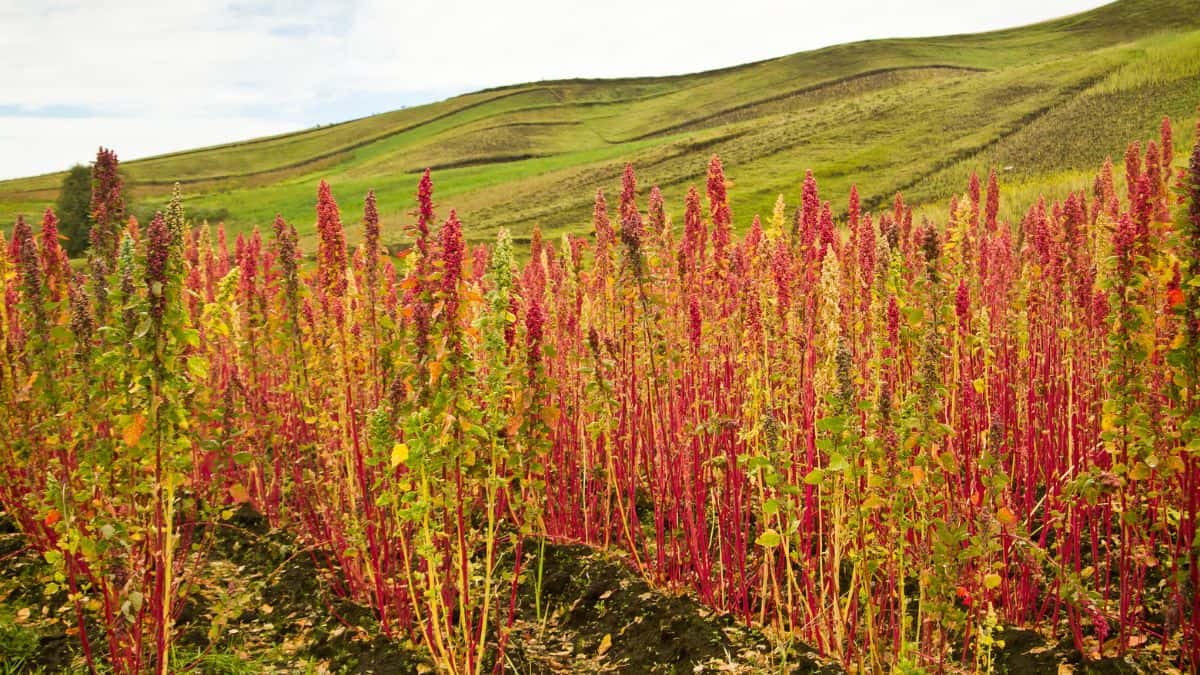
Increased farming has led to higher use of pesticides. Even organic quinoa might contact chemicals from previous crop cycles or nearby fields, posing a risk to those avoiding pesticides.
Impact on the Digestive System

Its high fiber content can cause bloating, gas, and cramps, particularly for those with sensitive stomachs or who are not accustomed to high-fiber diets.
Economic Displacement
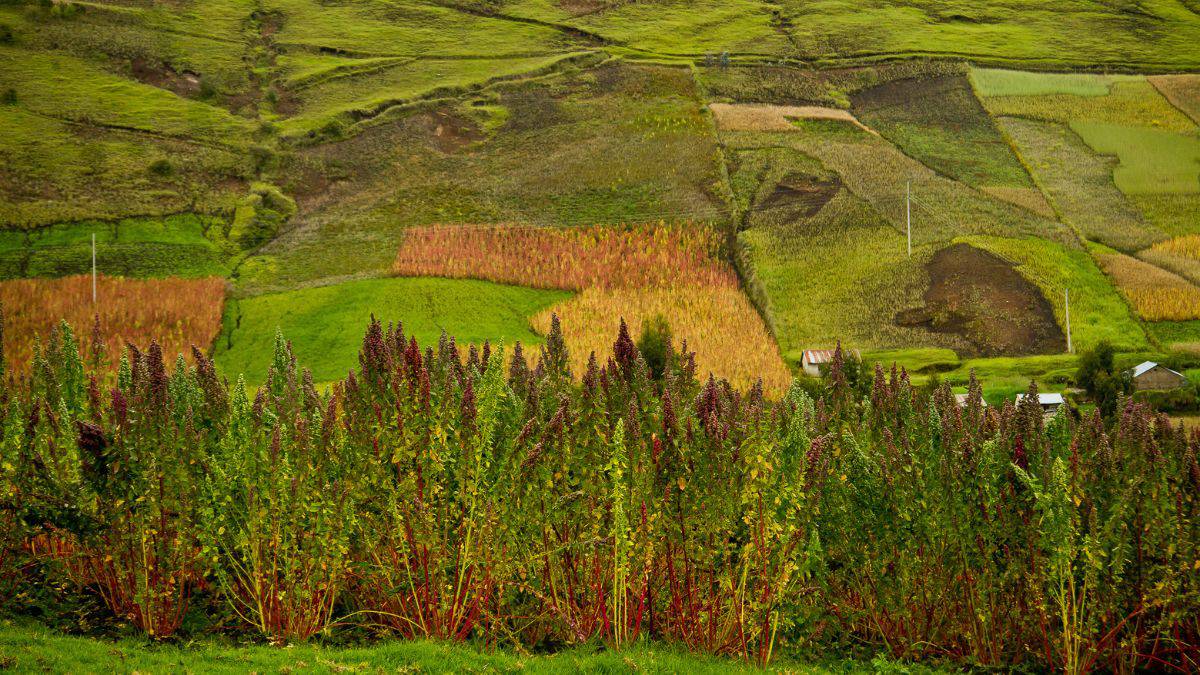
The quinoa boom has displaced traditional crops in Andean regions, threatening agricultural diversity and long-term food security with the rise of quinoa monoculture.
Reduction in Biodiversity

In regions like the Andes, the high demand for a single variety of quinoa has led to a decrease in the cultivation of other native crops, reducing agricultural biodiversity.
5 Labels On Chicken That Mean Nothing & 6 To Pay Attention To
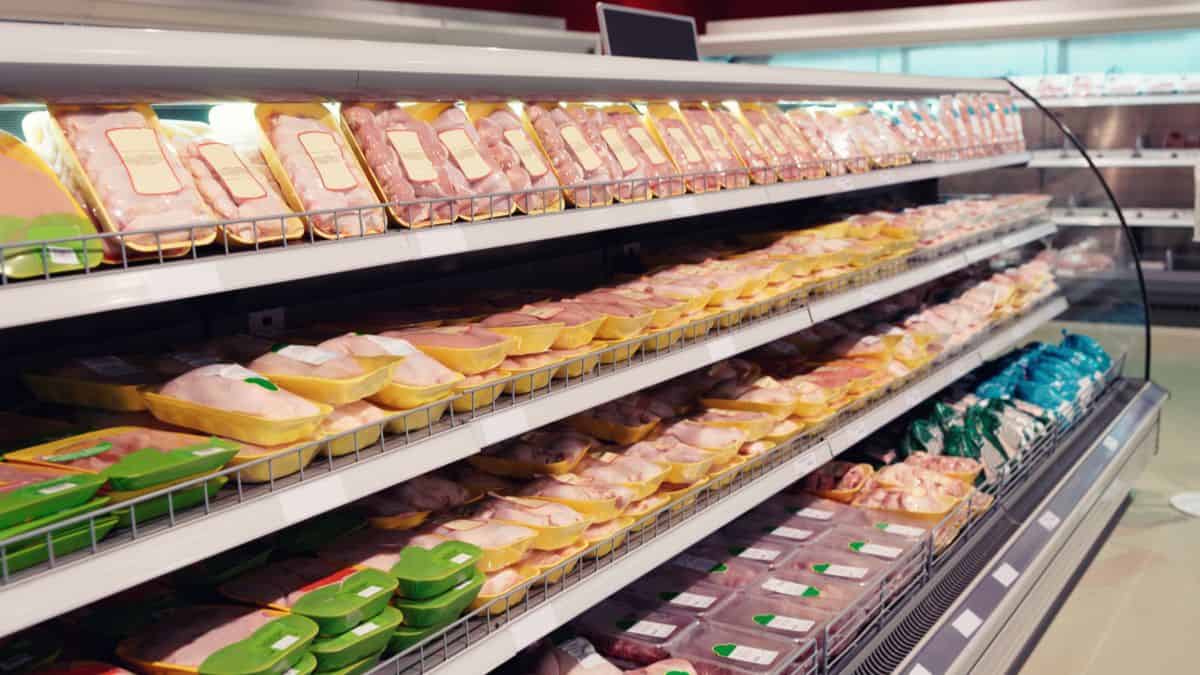
Navigating the grocery store’s poultry aisle can feel like decoding a secret language. “Organic,” “air-chilled,” and “non-GMO” are just a few buzzwords you’ll encounter, each promising a better bird. But which labels actually mean something for the welfare of the chickens and the quality of your dinner? We’re here to cut through the clutter and tell you which chicken labels are worth paying attention to and which ones you can safely ignore.
See Them Here: 5 Labels On Chicken That Mean Nothing & 6 To Pay Attention To
10 Risky Foods That You’re Better Off Avoiding According To Food Safety Experts

Not to dampen your foodie spirit, but some eats come with a side of risk that’s not listed in the description. From raw sprouts that could be throwing a bacteria party, to that rare steak from your favorite restaurant that’s playing with danger, this guide walks you through the minefield of risky eats out there and offers some safer, just-as-tasty alternatives to try instead.
See Them Here: 10 Risky Foods That You’re Better Off Avoiding According To Food Safety Experts
10 Foods Safe To Leave Out Overnight And Still Enjoy

Ever found yourself wondering if that pizza slice is still good after spending the night on the counter? We’ve all faced the late-night dilemma of whether to fridge it or risk it. Here’s a list of foods that can safely hang out on your counter overnight and still be tasty and safe to eat the next day. No more need to guess!
See Them Here: 10 Foods Safe To Leave Out Overnight And Still Enjoy
Select images provided by Depositphotos.
Gina Matsoukas is an AP syndicated writer. She is the founder, photographer and recipe developer of Running to the Kitchen — a food website focused on providing healthy, wholesome recipes using fresh and seasonal ingredients. Her work has been featured in numerous media outlets both digital and print, including MSN, Huffington post, Buzzfeed, Women’s Health and Food Network.








